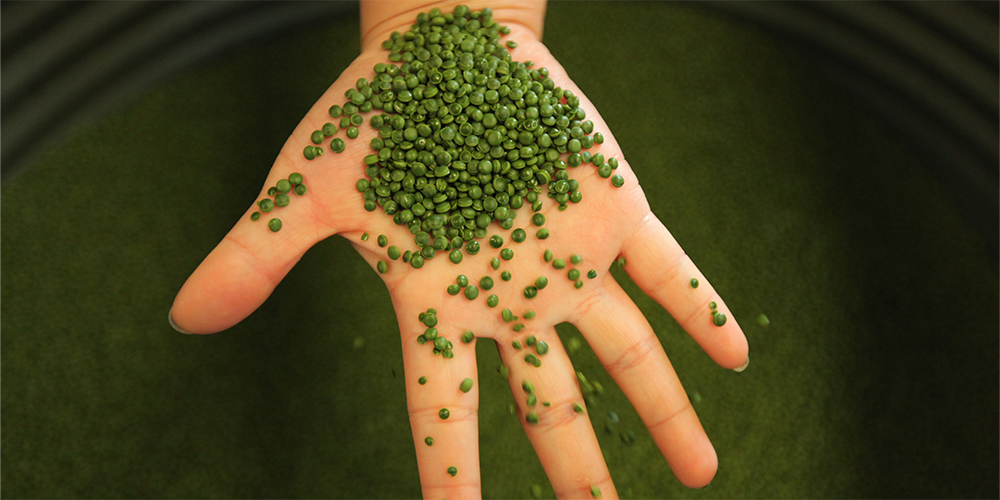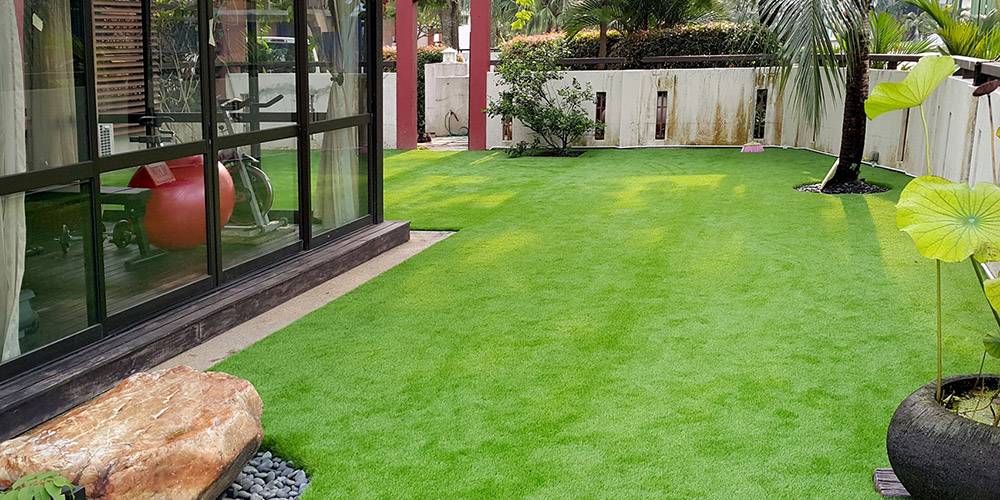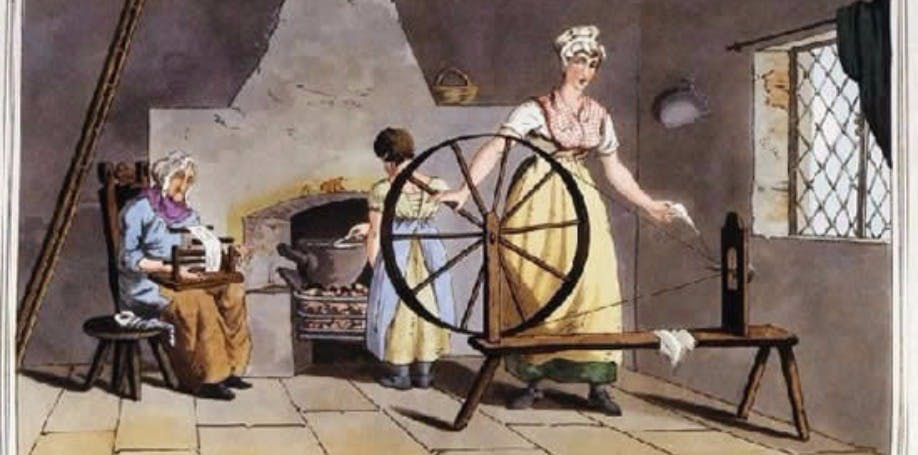Plastic is used in manufacturing synthetic grass. The three main types of plastic (also called polyamide) used to make fake grass are nylon, polypropylene, and polyethylene. Let’s examine each type of plastic.
Polypropylene
Polypropylene is one of the most common and least expensive types of plastic used to make artificial grass. Robert Banks and J. Paul Hogan, two scientists, polymerized it for the first time in 1951. It is most often used today for textiles, consumer goods, packaging, and plastic parts for the automotive industry.
Its strength and resilience are good, making it perfect for medium-use areas like household garden lawns. One of the main problems is that polypropylene can break down when exposed to UV light, which causes the color to fade.
Additionally, the surface is naturally polished and lustrous. This can make it slippery underfoot, and because of its reflective qualities, polypropylene can make it challenging to create a lawn that seems natural.
Polyethylene
Polyethylene is another widely used plastic in the world. It is also the most common material used in the business of making fake grass. In general, it costs more than polypropylene but less than nylon. It effectively balances resilience and softness.
The softer the fiber, the weaker it is, generally speaking. But the more abrasive a fiber is, the stronger it is. All-arounder polyethylene strikes a balance between softness and strength. Because of this, it is a well-liked option for artificial turf in many different applications.
Polyamide (Nylon)
Nylon was the first kind of plastic employed in the creation of synthetic fibers. The makers of artificial turf, Chemstrand, decided on it. AstroTurf got its name because it was first used at the Astrodome stadium in Houston, Texas, in the 1960s. Nylon was the obvious choice because it is very strong and can take a lot of wear and tear. It was also a good choice because it was easy to clean.

Due to its superior wearability, abrasion resistance, and durability, nylon is also the most popular fiber choice for industrial carpet applications. It also produces toothbrushes, seatbelts, parachute cables, and fishing lines. The most significant issue with nylon is that it is by far the most expensive material, making it more costly to begin an artificial grass project.
This extra investment needs to make financial sense for places with little traffic. However, suppose the turf is being utilized in a high-traffic area. In that case, nylon’s longer lifespan compared to the other varieties of plastic available makes it a more cost-effective product overall.
Of course, its coarse texture means that it is not as soft as polyethylene or polypropylene, which is the flip side of its outstanding resistance and durability.
Summary
Manufacturers of artificial grass use nylon, polypropylene, and polyethylene. Polypropylene is one of the most common and least expensive types of plastic. The softer the fiber, the weaker it is, generally speaking. But the more abrasive a fiber is, the stronger it is. Polyethylene strikes a balance between softness and strength. Nylon is by far the most resilient and sturdy of synthetic grasses, and it can handle both high temperatures and massive loads. The nylon turf has a roughness that is slightly scratchy due to each blade’s extreme stiffness. However, thanks to its outstanding endurance, you won’t have to worry about any melting or deforming.










